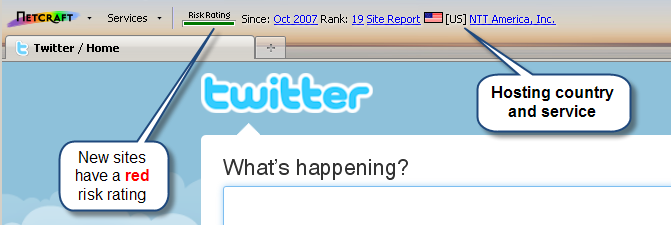On the Eve of the Latest Facebook Privacy Fix
Category:Facebook,Information Security,Infosec Communicator,Internet Safety,Privacy,Risk,Social NetworkingFacebook is releasing its latest privacy fix on Wednesday, May 26. I don’t have high expectations for the new controls as Facebook has not shown any ability to make the controls user friendly, or really understand what their users want for privacy.
A much bigger issue is that we seem to have abrogated OUR responsibility to protect our private information.
Fundamentally, information security is about managing risk. ANY involvement in social networking increases the risk of something negative happening–whether it’s loss of privacy, cyberstalking, identity theft, embarrassment, etc. It’s up to us to manage the risk. We should not expect the same amount of privacy protection from a free service that we would get from a credit card company, hospital, etc.
Although Facebook, Google, LinkedIn are all provided “free” to us, that freedom comes with a price–reduced privacy and some tracking of our web habits.
It’s up to us what we choose to share on social networking sites. We agree to EULAs (end user license agreements) that we click through to get to the “good stuff.” We blithely provide requested personal details and install apps that ask for even more and that tell us up front that they may share our information. Do you have to publish your date of birth? Hometown? 20 favorite things? (I’m just waiting for the next Facebook posting asking us, “What’s your mother’s maiden name?” and urging us to send the posting to all of our friends!)
Yes, Facebook, Google, and the other social networking applications have a responsibility to protect our information. However, WE have the responsibility to share ONLY the information we choose.













